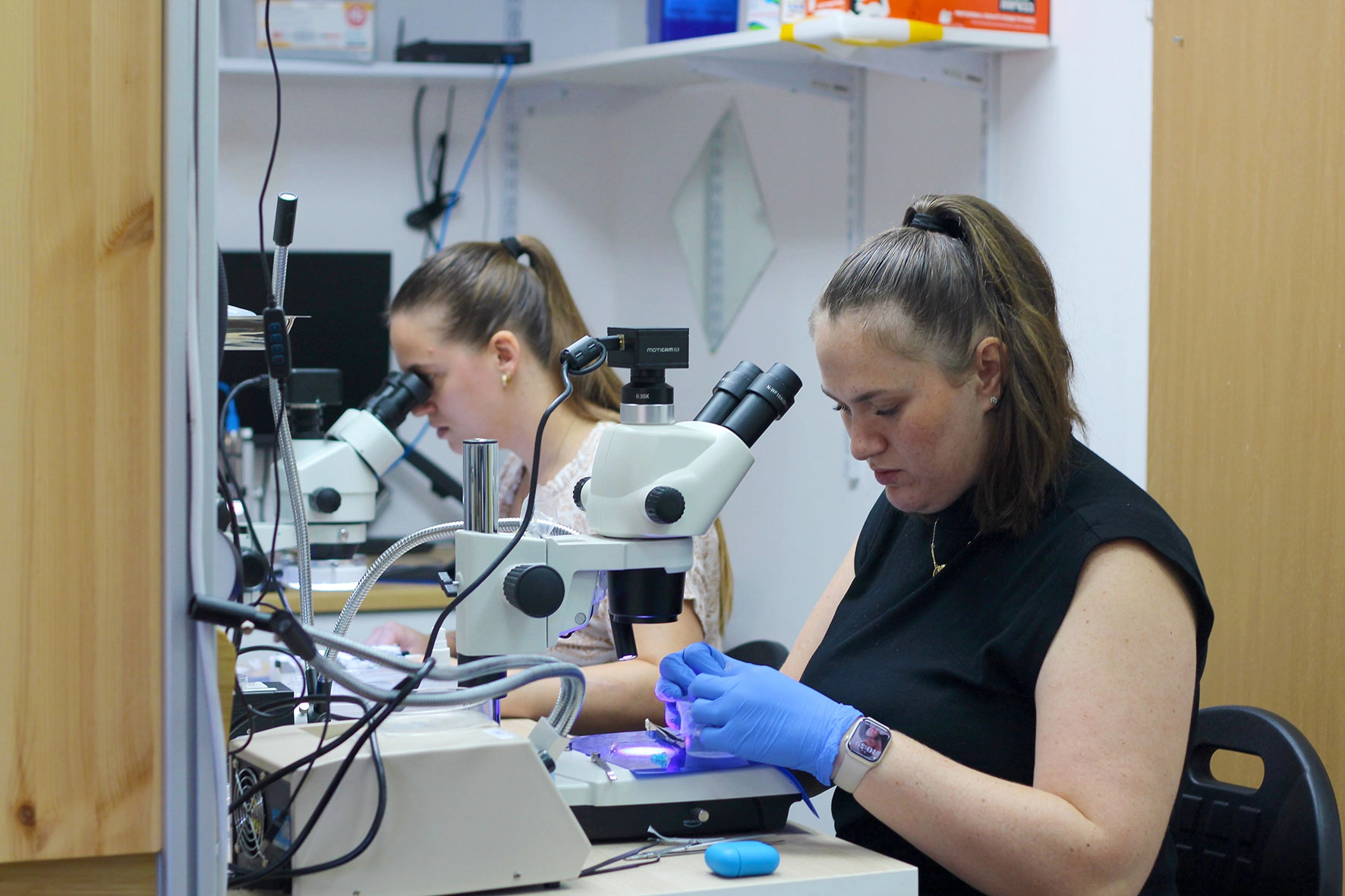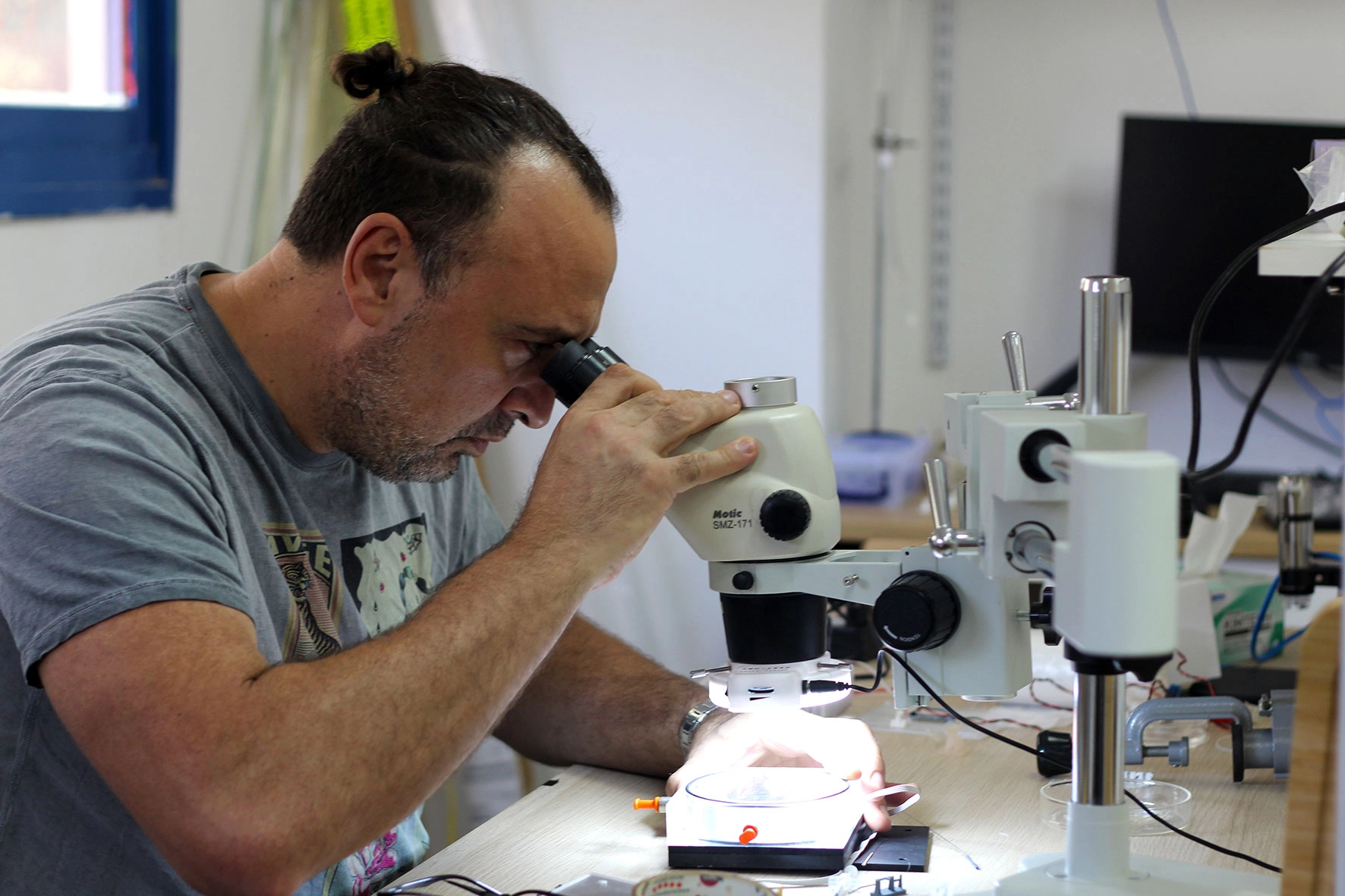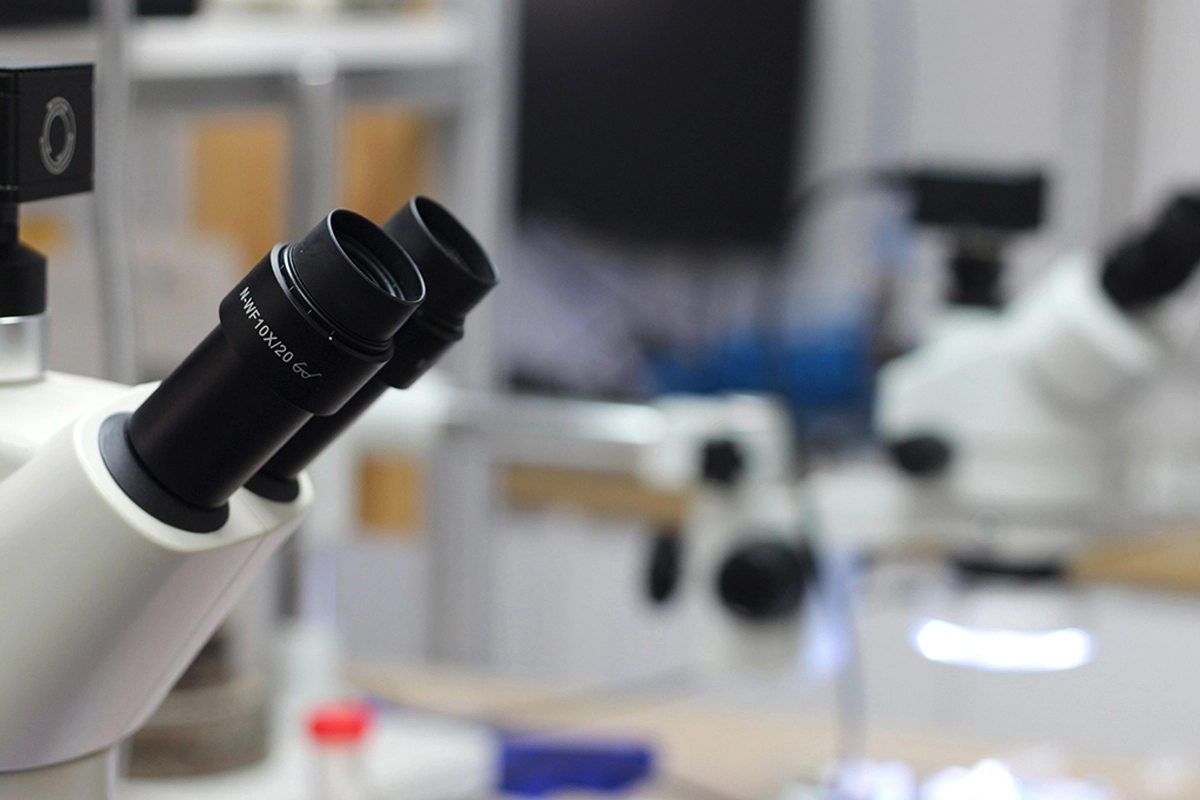For further information, contact is as info@iop-medical.com
Understanding Glaucoma and the Importance of IOP Monitoring
What Is Galucoma?
Glaucoma is a chronic eye condition that damages the optic nerve, typically due to increased pressure within the eye. This pressure buildup, known as intraocular pressure (IOP), can lead to gradual vision loss and, if untreated, irreversible blindness. Glaucoma often develops slowly and without noticeable symptoms in its early stages, making regular eye exams crucial for early detection and management.
Currently, physicians measure IOP only once a visit (once in a quarter in general) using a tonometer, capturing just a single point in time. This approach fails to account for the significant fluctuations in IOP throughout the day and across different days, potentially leading to ineffective long-term treatment. As a result, single measurements can under- or overestimate true IOP, highlighting the need for more continuous and accurate monitoring.
Compliance with treatment regimens can be challenging, requiring consistent use of medication to maintain stable eye pressure levels. Regular monitoring and adjustments to treatment are essential to preserve vision and quality of life for those with glaucoma.
Challenges in Glaucoma Care
- Silent Progression: Glaucoma often develops without symptoms, leading to late diagnosis and irreversible vision loss.
- Diagnostic Complexity: Early detection depends on specialized tests like tonometry and optic nerve evaluation, not typically included in routine eye exams.
- Inconsistent IOP Measurement: Traditional Goldmann Applanation Tonometry (GAT) may miss IOP peaks in up to 60% of patients.
- IOP fluctuates: Significant changes in IOP levels during daytime, seasons, and location. Ineffective Clinical Decision-Making: Physicians often base clinical decisions on single longitudinal measurements of IOP, which may not reflect accurate trends or peaks.
- Treatment Adherence: Managing glaucoma requires consistent use of medications, which can be challenging due to forgetfulness or difficulty with eye drops.
- Disease Management: Progression often requires frequent medication adjustments or additional interventions to preserve remaining vision.
A comprehensive approach involves regular eye exams, patient education, personalized treatment plans, and support networks to mitigate glaucoma’s impact on quality of life.
The Company
IOP Medical Ltd is an ophthalmic technology startup, supported and cooperating with Stanford University, Max-Planck Institute, Galil Ofek Ventures and others. The company is developing an implantable, passive sensor for self-monitoring intraocular pressure, reading out by optical means.
Intraocular pressure is the primary treatable risk factor for glaucoma. Continuous self-monitoring is seen as the holy grail of glaucoma treatment, presenting a multi-billion USD market opportunity.




Our solution utilizes a microfluidic barometer sensor, enabling precise and continuous pressure measurement. The implant is designed to be long-lasting, reducing the need for frequent interventions and providing real-time data on IOP fluctuations.
Integrated with cutting-edge technology, our device allows pressure readouts through smartphone cameras or optical devices, ensuring accurate data for both patients and healthcare providers.
By enhancing measurement accuracy and promoting treatment adherence, IOP MEDICAL aims to improve patient outcomes and alleviate the global burden of glaucoma. We believe our solution has the potential to revolutionize ophthalmology and significantly benefit millions worldwide.
Our solution will not only measure the pressure inside the eye, and thus allows personal treatment, but can be an answer to the most unmet need for glaucoma patients: adherence to the treatment. IOP device will enable to have a positive fast feedback on the proposed treatment and will allow to follow the treatment efficacy in the long period of time.
